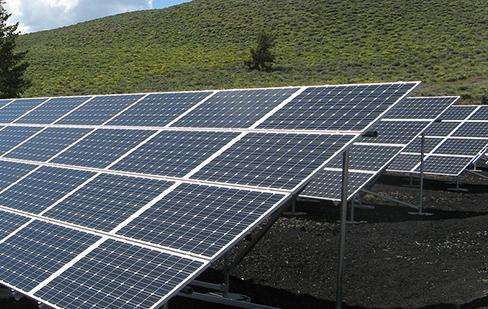The wind power generation fins are made of expandable fiberglass. According to the request for relevant public information: Tensile FRP reinforced blades are light, strong, corrosion resistant, uniform in material and very flexible. Tensile FRP reinforced blades have good durability and corrosion resistance and are resistant to acids, alkali and atmospheric environment. corrosion, no regular maintenance is required.
The blade diameter is not professional, it should be the sweeping diameter. Common blade shapes are 126/110/114, etc., and the corresponding blade sizes are 68m, 54m and 56m; now the diameter of the largest wind turbine blade has exceeded 70 meters, which is equivalent to the wingspan of a Boeing; plane.
When it comes to materials, it's more complicated. Different parts of the blade have different materials. Generally speaking, threes categories are used, carbon fiber and fiberglass as the outer surface, and balsa wood and foam as the surface. base material.
The other thing is that carbon fiber binder is ideal because it has better strength and is lighter, but it is also a problem because it is too expensive. Balsa wood is balsa wood. As for foam, there are relatively many types, but generally hard foam products account for 90% of the share in this field.
The main materials of wind turbine blades are fiberglass fabrics and reinforced resins.
Large megawatt blade spar caps can use a carbon-glass hybrid design, and hull cores typically use glass. . Fiber fabric
In addition to LM, major domestic and foreign wind turbine blade manufacturers such as VESTAS, SIEMENS, GAMESA, etc. all use systemss epoxy resin; resin and fiberglass fabric, using polyester resin, the bonding speed is fast, the post-curing process does not require heating, and the mold rotation efficiency is high;














